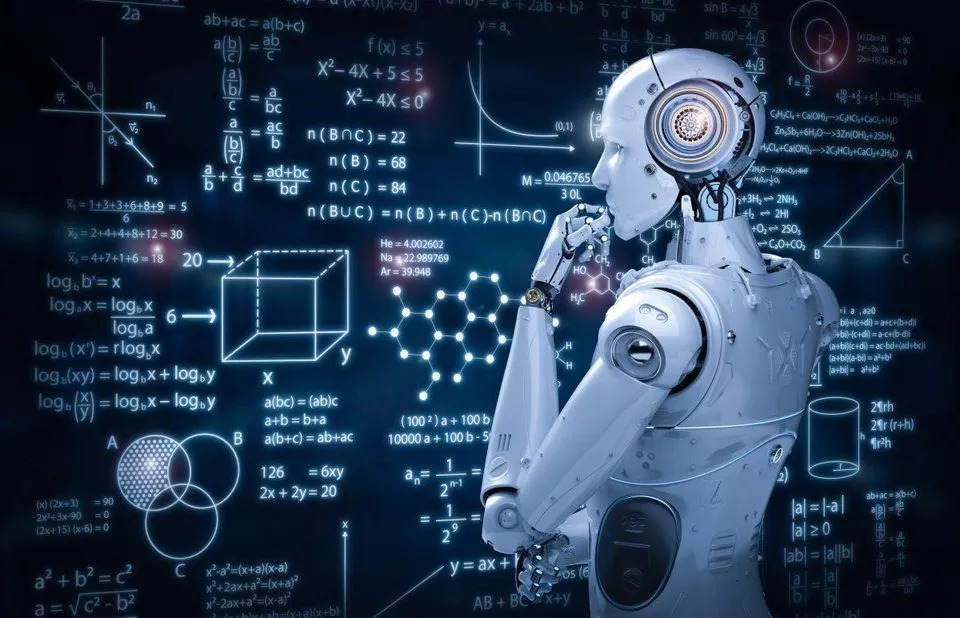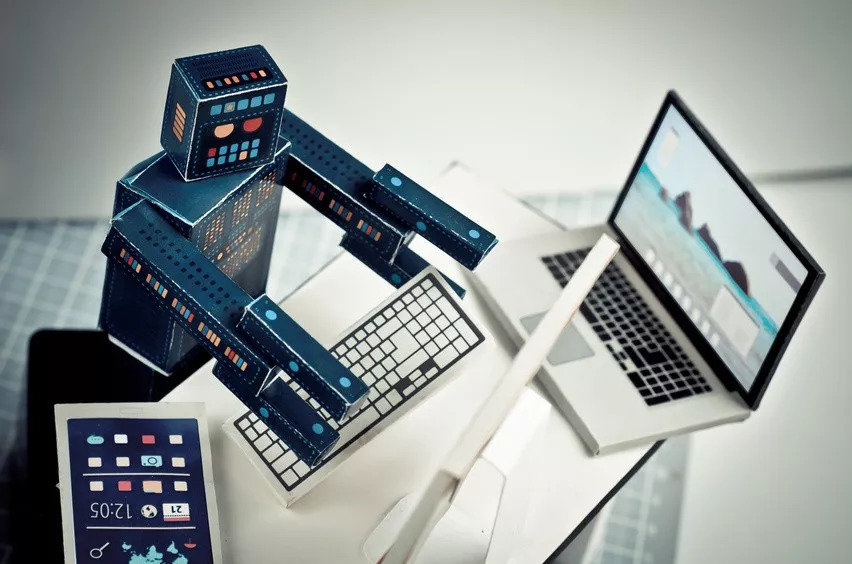The CEO of the world’s largest translation company recently issued a warning that due to the rapid advancement of neural machine translation technology in recent years, in the foreseeable next one to three years, about 500,000 translators worldwide will be replaced by machines and fall into unemployment, as many as 21,000. Home translation agencies will be overwhelmed by machine translation. Most manual translations will inevitably follow the old path of typewriters and Kodak film.
Artificial intelligence and machine learning can do many things and complete many tasks, some tasks AI is very good at, some are not so good, the current trend shows that translation belongs to the kind of tasks that AI is very good at.
Recently, the CEO of One Hour Translation, the world's largest human translation company, warned that many translation practitioners should recognize a harsh reality as soon as possible: their jobs may be replaced by machines.
The company's CEO Ofer Shoshan said that in the next one to three years, translation based on neural machine technology will take on nearly half of the work in the $40 billion translation market.

500,000 translators will be unemployed in the next three years
This statement is in sharp contrast with what we often hear in the past. It turns out that we always said that at least in the near future, the main role of artificial intelligence is to enhance, rather than directly replace human professionals. Shoshan said that in recent years, machines The quality of translations has improved by leaps and bounds, and as many as 500,000 human translators and 21,000 institutions will soon lose their jobs.
He said, "The relationship between AI translation and human translation is like Kodak and digital cameras. Of course, Kodak didn't anticipate its own destiny. The relationship between old typewriters and word processing software was roughly the same.
"Two years ago, the quality of AI translation has improved, which means that you can have a general understanding of the content of the text, but in most cases, professional translators will tell you that they would rather start translating from scratch by themselves, because It is very difficult to understand the translated content output by the machine.
"Today, through neural machine translation, with more and more materials and categories, human translation only needs to make a very small amount of modification to the content of the machine output to obtain a humanized translation."
If you want to quantify, Shoshan said that today, on average, only 10% of machine-translated documents need to be manually polished to meet the standards expected by Fortune 500 customers. Just two years ago, this ratio was as high as 80%.
This can be achieved through the use of Neural Machine Translation (NMT), the most advanced machine translation tool. Previously, these jobs relied on a method called statistical translation. Now, Google, Bing and Amazon all use neural machine translation in their translation engines.

How to keep your job: specialization, specialization, miniaturization
In order to adapt to this rapid transformation, One Hour Translation has developed some tools and services to distinguish between different translation services and choose the best service for any specific translation task.
“For example, for travel and tourism translation, one service may translate well from German to English, but the quality of Japanese translation is average. Another service may translate French to high quality but not perform well in German translation. So We have established an index to help this industry and us understand any language and any type of material."
However, this matter may not be so simple. The level of training and expertise required to evaluate machine translation is much lower than that of traditional "from scratch" translation.
"You need smart people, people with good language skills, but they don't need to be professional, well-trained traditional translators, because it's much easier to polish a word somewhere in the article," Shoshan said.
Mark.
If the machine can do what you do, you will be in trouble
So, in the future, will there be a group of translators rioting on the streets and smashing intelligent translation machines that threaten their livelihood?
"I hope not," Shoshan said. "But in fact this is really a problem, just like autonomous truck transportation will eventually become a big problem for 4 million truck drivers in the United States. And the important thing is that we are not talking about five to ten years later, but one time. Three years later.
"Obviously, if the machine can do what you can do, then you are in trouble. Many translators and agencies will tell you that in the foreseeable future, certain highly specialized translation services still need to be humanized. The words may not be false. "But I estimate that 80% of the materials paid for translation by corporate customers in the translation market today will be completed by machine translation in the next one to three years. "
For translators who want to keep their heads clear, they should probably focus on smaller languages. Neural machine translation services rely on a large number of documents to train algorithms. For languages ​​with a small user base, a large amount of materials may not be available, especially in certain professional technologies or subject areas.
In addition, for human translators, they may be more accustomed to using multiple machine translation tools to find suitable tools for their specialized translation tasks.
In any case, one thing is certain. If a translator continues to learn ostriches, continues to learn to bury his head in the sand, and pretend that nothing has happened now, then there is only one result waiting for the translation: unemployment.
Wind Generator,Wind Power Generator,Wind Generator Inverter,Portable Wind Generator
Jinan Xinyuhua Energy Technology Co.,Ltd , https://www.xyhenergy.com